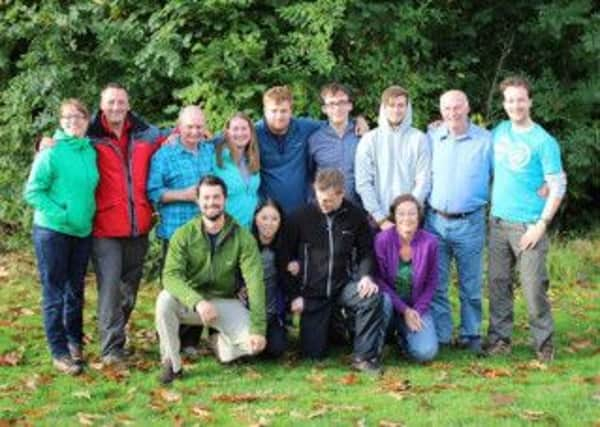Horsham engineer is ready to live his Antarctic ‘dream’


But a man from Horsham is doing almost the polar opposite as he is set to travel to Antarctica at the end of the month to start his new job.
Tom Clements, from Horsham, is set to go on an 18 month trip to the South Pole working as an engineer for the British Antarctic Survey team who are responsible for carrying out British scientific research on the frozen continent.
Advertisement
Hide AdAdvertisement
Hide AdThe former Forest and Collyer’s student will be in charge of keeping the Halley VI research station running and making sure everyone is warm enough to survive the harsh winter temperatures.
He said: “I have always been a bit of a thrill seeker. This is a different type of thrill seeking. It’s my job to keep everyone warm which is crucial out there. If you mess something up you are playing with peoples lives. It is scary but if you do not take risks and if you worry about things like that in life you will never do anything interesting.”
Tom applied for the job just before his previous employer, Novartis, closed down last summer.
He admitted he was rather shocked to be chosen for the position and said he was a little bit nervous when he found out the news.
Advertisement
Hide AdAdvertisement
Hide Ad“It was a bit of a mad moment when I applied, and I wasn’t expecting to hear back,” he said.
“I was a bit scared of going into the real world after I had spent ten years working for the same company.
“But it’s sort of a dream come true and I am looking forward to getting out there now.”
It will not only be engineer work that the 27-year-old will have to complete whilst he is out there. As well as keeping the station running Tom may also get the chance to go out with the research team and help them with their surveys. He also said there is a chance he will get to fly some of the aircraft stationed out there for the research team and he may even get an opportunity to meet the emperor penguin colony which is just half an hour away from the station.
Advertisement
Hide AdAdvertisement
Hide AdBut all this adventure does come with a little bit of danger. Temperatures at the Earth’s most southern point usually range between -20 and -50 degrees and in extreme conditions can reach around -80 to -90. There is also the added risk of falling down crevasses and cracks in the ice. “They are teaching us crevasse rescue as the likelihood is you are going to fall down one at some point,” he said. “I am nervous about going out there but at the same time I am looking forward to it. They do say once you get out there you won’t want to go back to reality.”